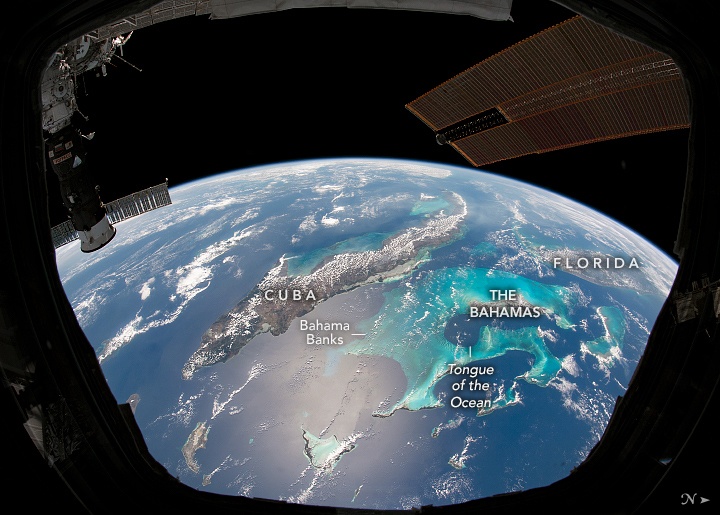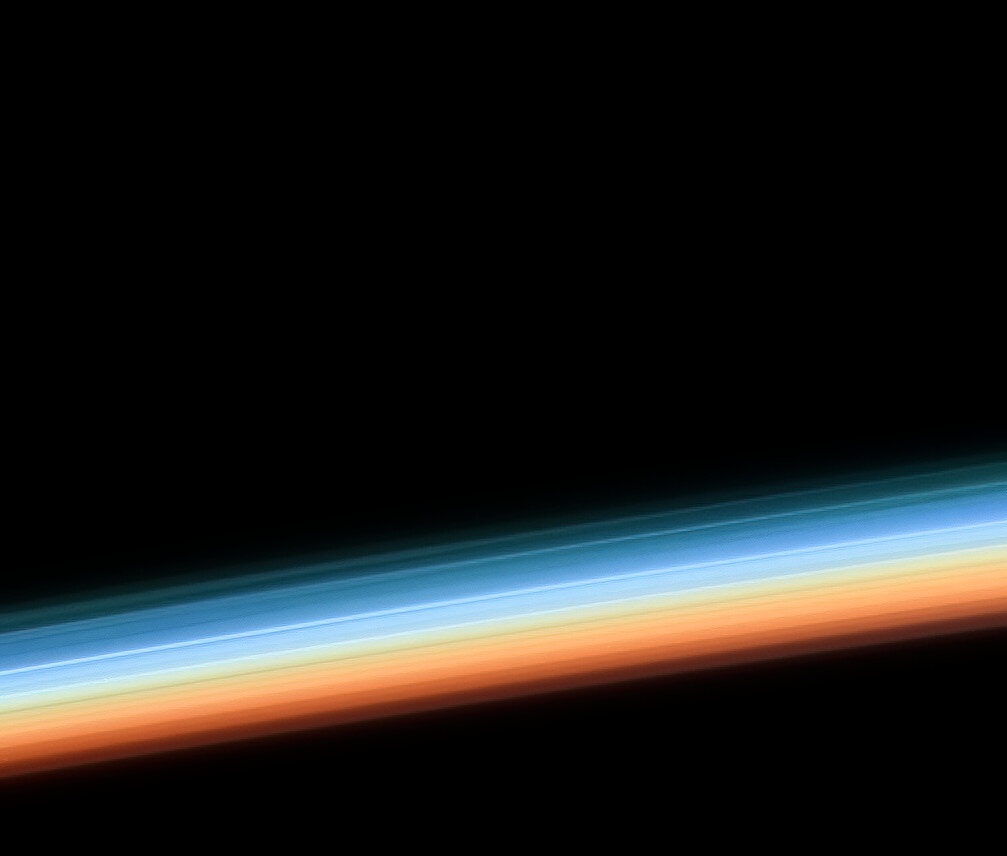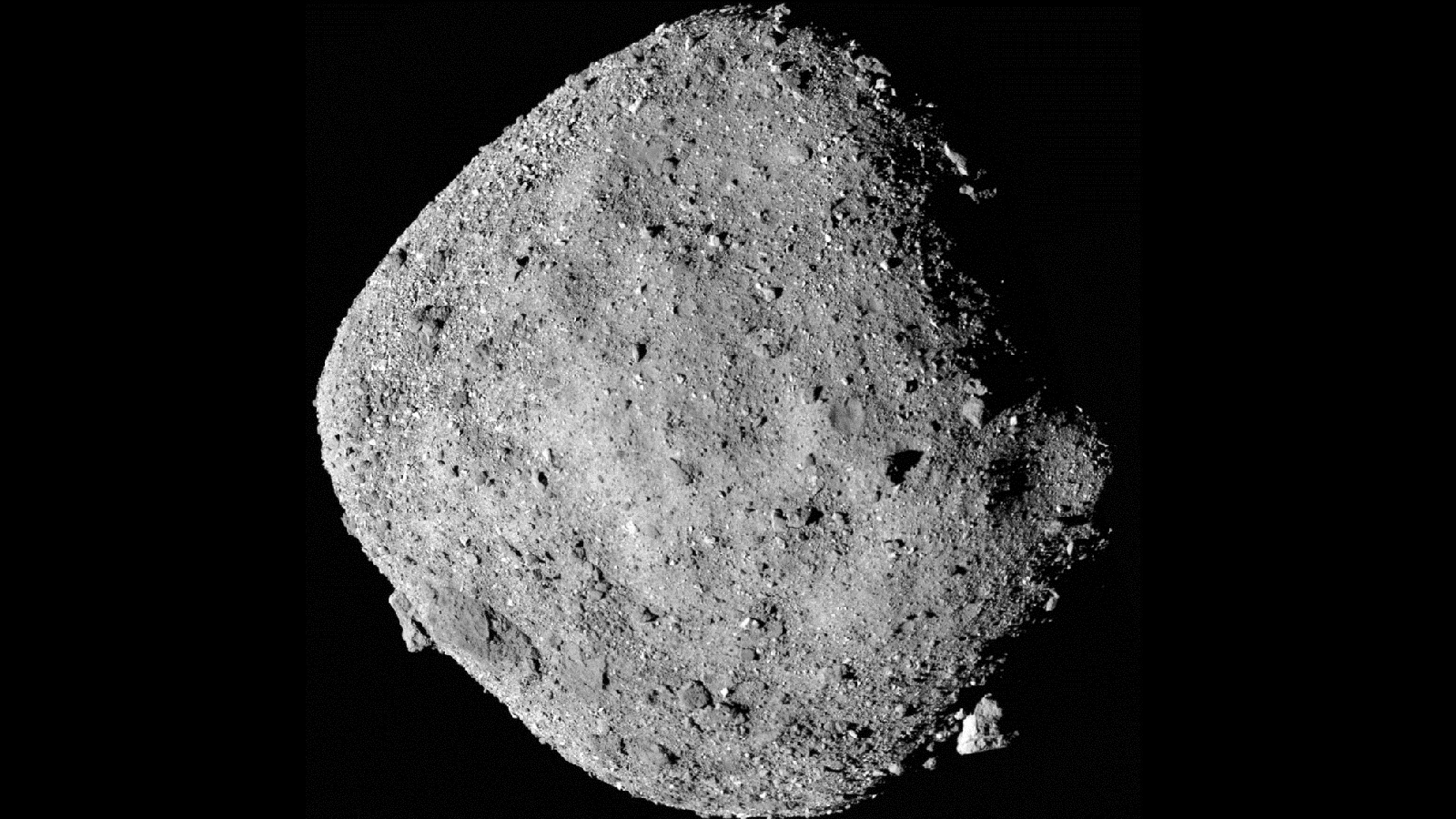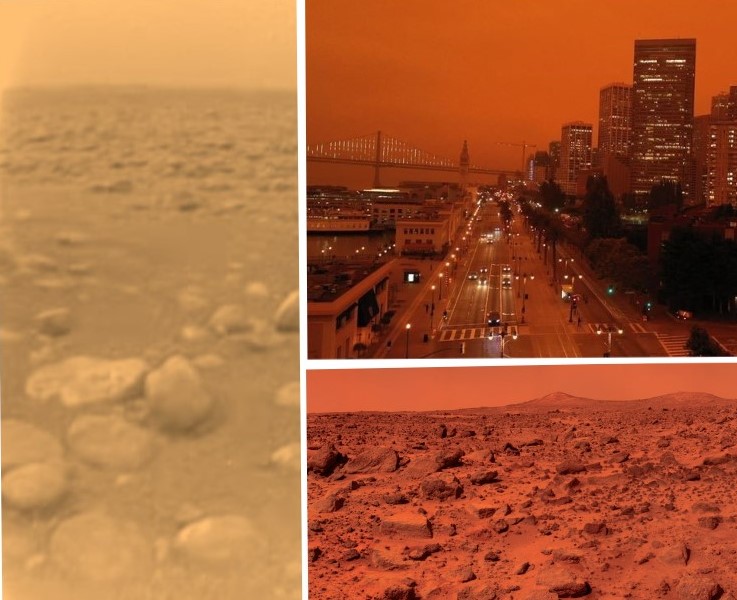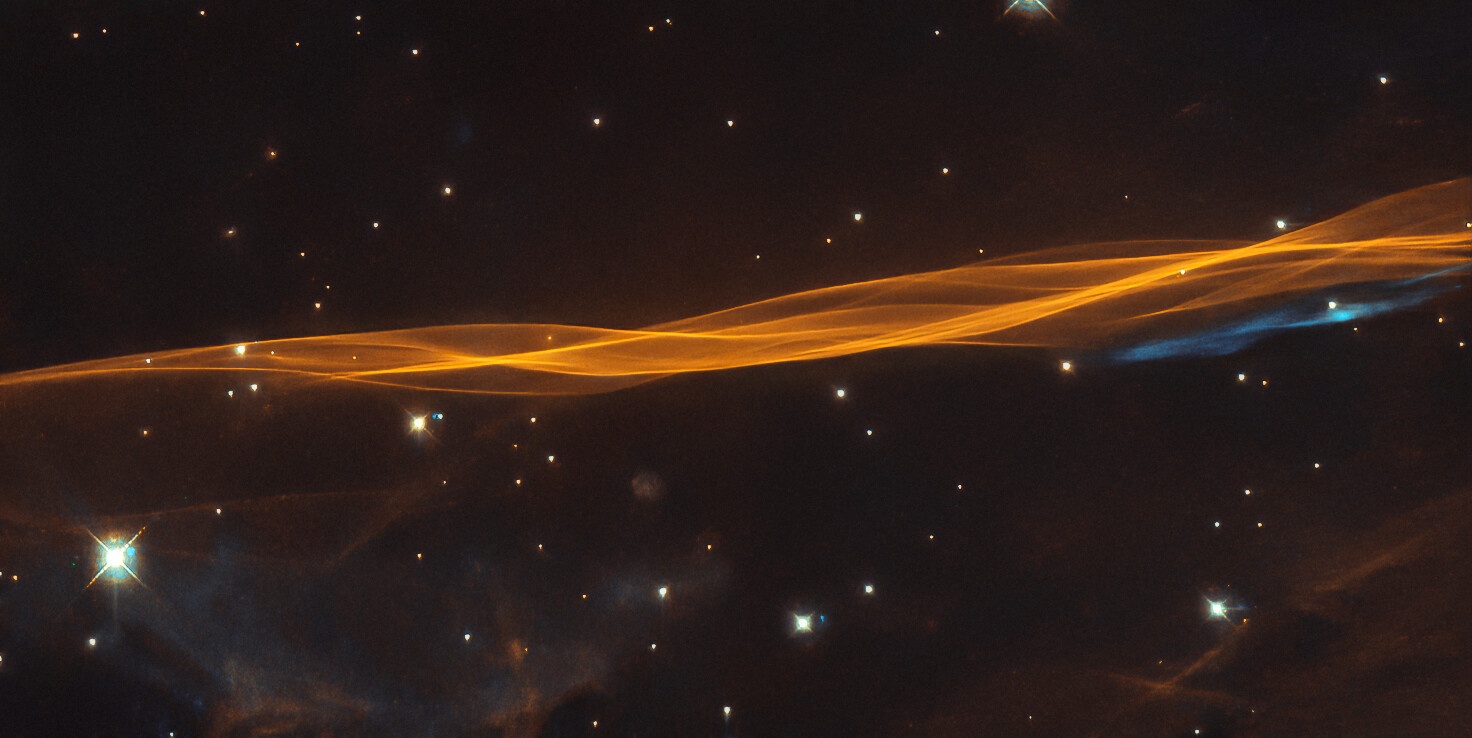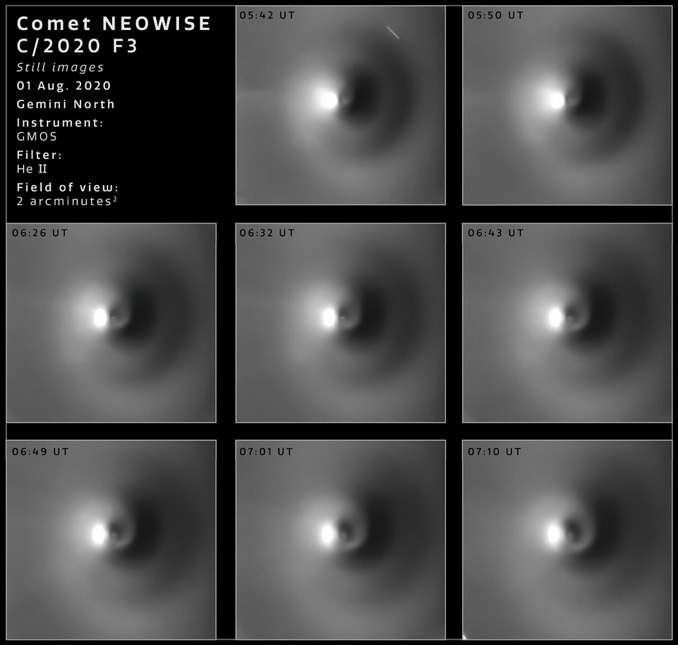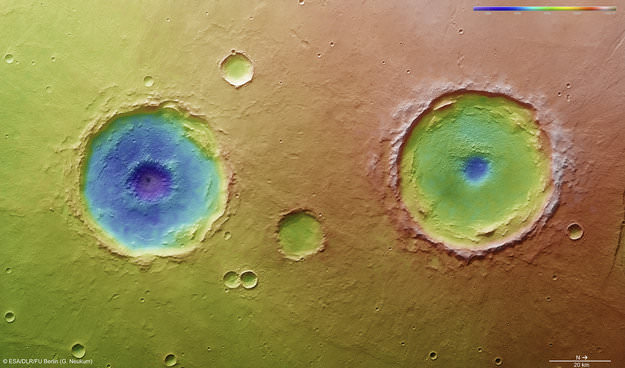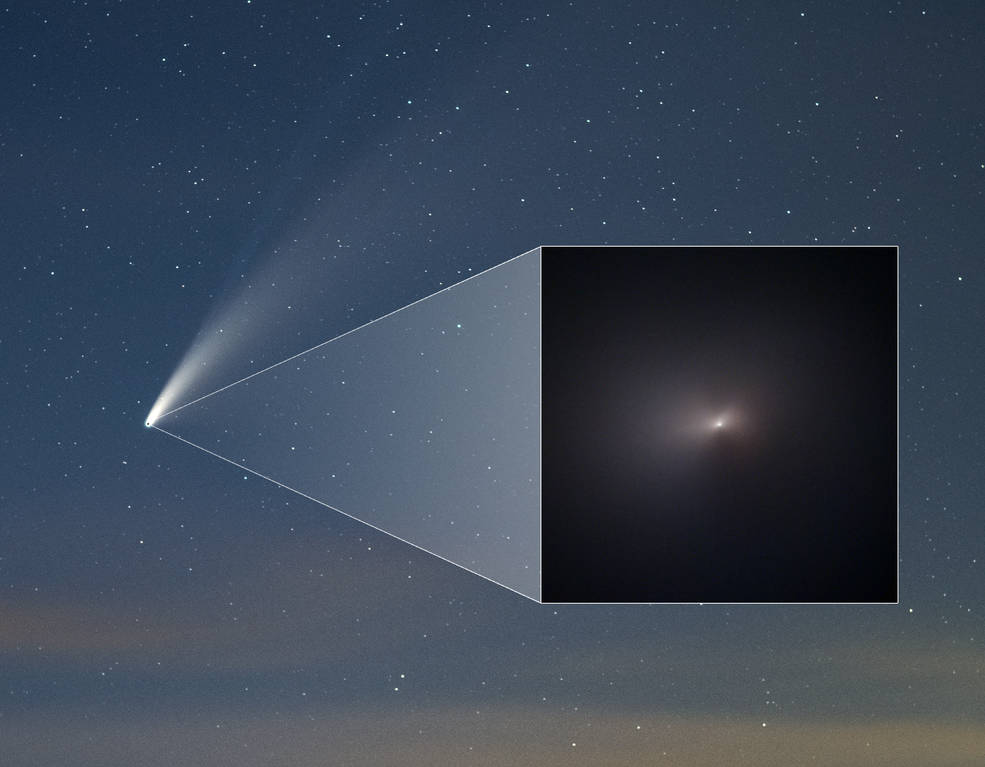Those lucky few who have the incredible opportunity to see the Earth from space often report the view gives them a sense of awe, unity and clarity. This perspective-altering experience has come to be known as the Overview Effect, from a book by the same name published 1987 by space philosopher Frank White.
Continue reading “This is the View You Get Staring out of the Space Station’s Cupola Module”This is the View You Get Staring out of the Space Station’s Cupola Module
